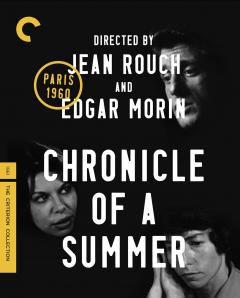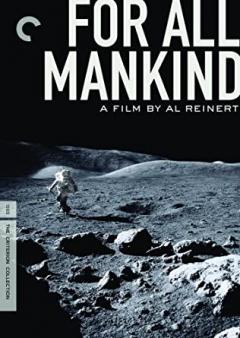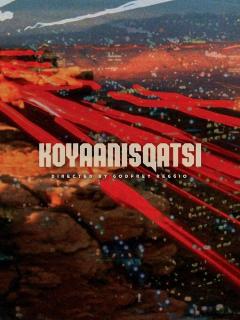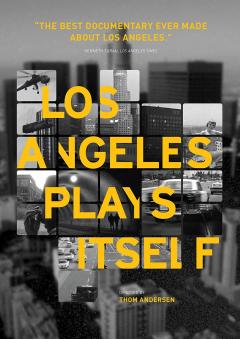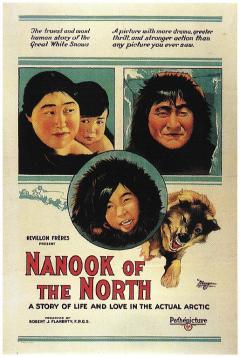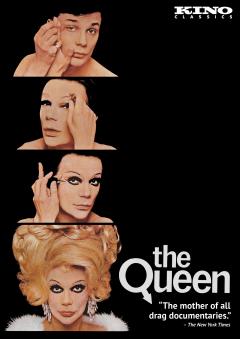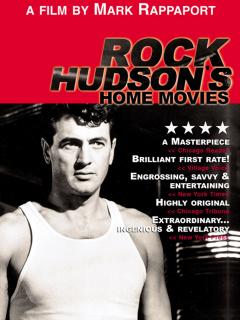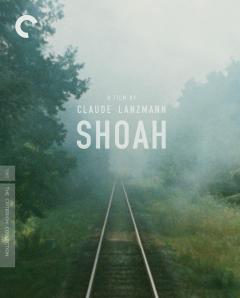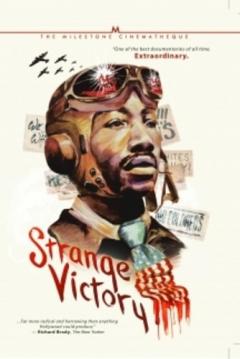This film focuses on the 'heroes' of the Indonesian death squads that participated in a genocide of an estimated one million people in 1965-1966. It bafflingly includes voluntary re-enactments of some of the killings, by those previously involved, in the style of some of their favorite fictional films. A follow-up film, The Look of Silence, is also available on Hoopla.
This three-part film, made primarily by a five-person crew, documents the rising political tension in Chile in the mid-1970s, the violent counter-revolution against the Salvador Allende government, and the workers' response to the 'insurrection'. This is also available online at the Internet Archive.
An early example of cinéma vérité (a term apparently coined by the filmmaker himself), it is an observational film (with little or no voiceover; sometimes calling attention to the use of the camera); near the end of this we see the filmmakers showing the footage to its subjects within the film itself. This ethnography follows the everyday lives of a wide variety of residents of Paris in the summer of 1960, serving as an indelible document of the time and place. Kanopy also currently has some documentaries about the filmmaker Jean Rouch.
While this is a documentary about art forger Elmyr de Hory and Howard Hughes hoax-biographer Clifford Irving, it is also more generally about all sorts of fakery, including the art of cinema itself. Welles presents this as a sort of essay on film and it is considered (by me to be) one of his finest pieces of work in his late career.
While there have been other excellent documentaries about the subject, like the more recent Apollo 11, for a long time this was the one that chronicled the Apollo space program to the Moon. Without narration it tells the story through original mission footage and audio from mission control and subsequent interviews. It also has an ethereal score by Brian Eno (recently re-released on CD).
For more space doc, see also The Farthest, about the Voyager spacecraft.
This documents the 1973 Brookside coal miner's strike in Kentucky against the mine and the Duke Power Company who refused to honor their United Mine Workers of America contract. The film is very much on the side of the workers, embedded in with them filming, as both sides eventually arm themselves against impending violence. However, Kopple chose not to narrate the images, but allow those from each side to speak to and for the camera.
This eight-part series made by the French New Wave maestro playfully compiles about 4 hours of hundreds of clips of archival footage to examine a personal approach to the history and story; the concept of Cinema itself.
The basic intent of this film was to follow two high-school basketball stars as they chase their dreams to play professionally in the NBA for a short PBS documentary, but this film becomes so much more in its following the lives of these two men to present a nearly three-hour portrait (from over 250 hours of footage). Because these two African-American teenagers are plucked from their neighborhoods in Chicago to attend a predominantly more white, more economically affluent high school with a highly competitive basketball program, issues of race, class, economics, education, etc. are all documented here. It was noticeably championed heavily by film critics Gene Siskel and Roger Ebert as the best film of 1994 (not just among documentaries).
This almost wordless combination of images of nature, humanity, and technology is set to original music by the composer Philip Glass (his first work for cinema). Perhaps in a way indebted to Dziga Vertov's Man with a Movie Camera (which really should have its own entry on this list), it is devoid of any specific story but still rich in meaning. See also the work of cinematographer Ron Fricke Samsara (also currently available on Hoopla).
Consisting almost entirely of clips from existing films, this documents a history of the City of Los Angeles, California, both real and imagined, from numerous stories and legends it has within.
While this portrayal of Inuit (then referred to as "Eskimo") people in northern Canada is widely considered one of the first known feature-length documentaries, it has also retrospectively been criticized for its staging of many of its scenes. For example, the lead figure, whose name was actually Allakariallak, usually hunted with a gun (and in modern clothing), but Flaherty suggested he wear more traditional garb and use a harpoon for effect (also the actress playing Nyla was not the wife of Allakariallak). Yet, it is the combination of the attempt at ethnography, under the lens of the time, and narrative feature convention that makes this a ground-breaking film.
For more Olympics see also Kon Ichikawa's documenting of the Summer games of 1964 in Tokyo Olympiad.
This takes viewers backstage at the 1967 Miss All-American Camp Beauty Pageant, featuring the world of competitive drag (long before more well-known documentaries like Paris is Burning would much later). The camp of it all is contrasted with very honest interviews with the participants. And Andy Warhol is a judge!
Rather than offer a traditional biography of actor Rock Hudson, Rappaport faux-narrates (sometimes in the first person) over various meticulously chosen clips of Hudson's films to illustrate the hidden story of his homosexuality and eventual death from AIDS. It intentionally re-appropriates the images of mainstream Hollywood to tell an imagined story, in hindsight, of his then perhaps not-so hidden Queerness.
Michael Moore investigates the impact of General Motors closing its automobile plants in his hometown of Flint, Michigan. The film is structured around his attempts to obtain an in-person interview with CEO Roger Smith and his documenting the economic and social effects of the closures on the town he grew up in (his father was an autoworker in one of the plants). It is a personal and persuasive kind of gonzo filmmaking that makes no attempt to be a neutral document of its time and place.
Branded as "communist" upon release (Hurwitz was blacklisted shortly after), this boldly anti-Fascist documentary from 1945 addresses the systemic racism and discrimination in America in the aftermath of WWII; where America has "the ideas of the loser still active in the land of the winner". See also his previous film on union-busting by Frontier Films (the first non-profit documentary production company in the U.S.), narrated by Paul Robeson, titled Native Land.
This meta-film blurs the line between fiction and documentary with its being a movie about making a movie; where the director hires film students for a film that doesn't exist as a way to document them. The Criterion Collection DVD includes the 1968 original ('Take One') and a later sequel from 2005 ("Take 2 1/2")
The evidence uncovered during the making of this film was ultimately responsible for the release of a man who was imprisoned on death row for the murder of a Texas police officer. It was considered controversial in 1988, especially among some other documentary filmmakers, for the use of fictional film techniques like its noir-ish re-enactments and having a musical score written specifically for the film. While Morris has made many excellent documentaries, my personal favorite may be his meta-exploration of journalism in Tabloid. Or his attempt to visually tackle Stephen Hawking's A Brief History of Time. Or his brilliant debut, about pet cemeteries, Gates of Heaven. Or...
Jafar Panahi was convicted in 2010 of propaganda against the state of Iran, sentenced to 6 years in prison and a 20 year ban on making films. A year later, this film was smuggled out of Iran, on a USB flash drive hidden in a birthday cake, and screened at the Cannes Film Festival. It documents his house arrest, talking to lawyers on the phone about his appeal, and generally pondering the purpose of filmmaking. He has since won numerous awards, and international support condemning his treatment.
Wang has emerged as a key documentarian of contemporary China, often with entire films being made under-the-radar of Chinese authorities. This is one of the first to receive international recognition, following three sisters (ages 10, 6, and 4) who live alone, working the land, in a rural village in China's Yunnan province. See also those available on Kanopy, including his extended interview work, Fengming: A Chinese Memoir, with an older woman who recalls her life of political repression in China as a journalist sent to a re-education camp for her socialist views or the epic-in-length West of the Tracks, documenting factory workers amongst the collapse of manufacturing industry in Shenyang China.
While this is a document of the 'Rumble in the Jungle', the 1974 heavyweight boxing title match between Muhammad Ali and George Foreman in Zaire, it is also a document of perseverance both on the part of the fight's victor (who was previously stripped of his title for refusing to be drafted into the Vietnam War) as well as the filmmaker himself who was unable to financially release the film until 1996. Footage of the fight, as well as the so-called 'black Woodstock'; a preceding three-day concert Zaire 74 (which is the focus of the music documentary Soul Power), is interspersed with interviews with various figures looking back on the personal and historical significance of the Event.

